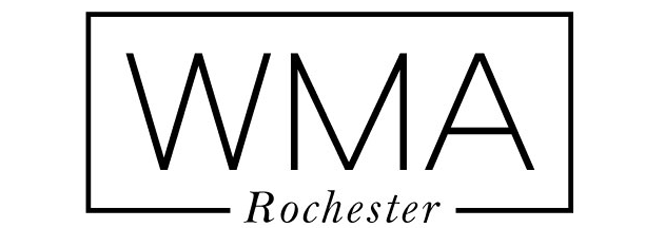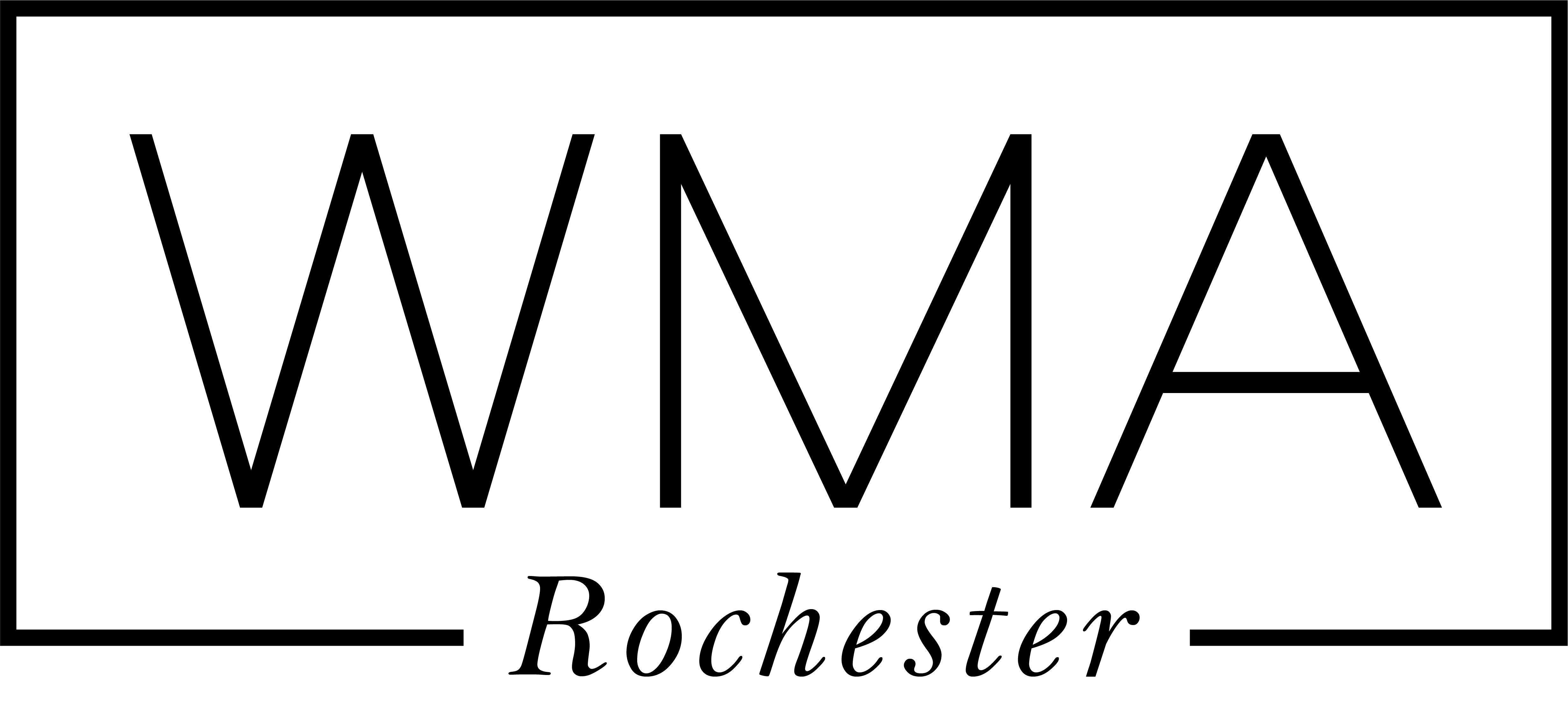1 800 - 0452 00 admin@info.com
Modeling Cheat Sheet: Model Types
“What kind of model are you?” is a question most new or aspiring models often get asked by friends, family, and, most importantly, industry professionals. While people outside the modeling industry would be happy with you answering “Male,” “Female,” or “Plus-Sized” to that question, people within the industry are more likely to ask questions like:
x
-
“Editorial, Illustration, Print, Runway, Specialty, or Trade?”
-
“Can you also be a Spokesmodel?”
-
“What’s your mood range?”
x
If little-to-none of those questions made any sense to you, don’t worry! When first starting out, few aspiring models know the industry terms professionals casually throw around. However, if you’re serious about your career, and if you want to impress the people giving you work, you need to do your homework on them.
x
Since no one actually likes homework, we’ve put together a few cheat sheets for you instead!
x
While our sister studio does offer a class on the Business of Modeling, WMA Rochester wants to make life a little easier by giving aspiring models like you some cheat sheets of terms and phrases that you’ll need to navigate the industry like a pro!
x
To start, we’ve put together a list of model types that go beyond the typical “Male, Female, Plus-sized, etc,” and into more industry-specific types below:
X
Types of Models
X
Child Model: A model under the age of 13, sometimes called a Junior Model.
x
Editorial Model: This, along with Runway Model, is what most people think of when they think “model.” Editorial Models pose for high-fashion magazines or for haute-couture designers and labels. These models, whether male or female, typically have tall and willowy body types.
x
Fit Model: A model designers use to check the fit of their designs. Sometimes called Showroom or House Models, these models also display the garment to a potential buyer. These models have similar body types to that of Editorial and Runway Models.
x
Fitness Model: A model who specializes in fitness-related product or service advertising. These types of models typically have a greater muscle definition and muscle mass than other types of models.
x
Illustration Model: Commonly called an Art Model. These models are paid to pose for artists, either in an art class or for a specific art piece. Since artists don’t just draw a specific body type, the only requirement for being an Illustration model is the ability to hold a pose for a long period of time.
x
Mood: The atmosphere or emotion a model brings to an assignment. A model’s portfolio should demonstrate the range of moods they can convincingly portray.
x
Print Model: The people you see every day in advertisements are models too! Print models appear in anything from online catalogs to billboards to flyers to basically anything that gets published. This is by far and away the most common type of model there is. Print models can be any age, weight, height, or body type.
x
Runway Model: A model that displays clothes or accessories at live events (which may or may not have physical runways present) by walking around a designated space in front of an audience. Like Editorial Models, they typically have tall, willowy body types, but this can vary depending on the type of clothing or accessories being displayed. Female Runway Models must be very comfortable walking in heels, and all Runway Models must know how to walk gracefully while best displaying their clothing or accessories (commonly referred to as a Runway Walk.)
x
Senior Model: A model above the age of 50, though some agencies define Senior Models as any model above the age of 40, and some set their minimum age at 60. These models are also sometimes referred to as Classic Models.
x
Specialty Model: Sometimes called a Parts Model, this type of model is hired for jobs that only require specific body parts to be photographed. For example, a shoe company would hire a Foot and Leg Specialty Model because they only want to photograph the model’s feet and legs in their shoes.
x
Spokesmodel: Closer to a type of actor than a type of model, a Spokesmodel, sometimes called a Character Model or Spokesperson, is hired more for their look than their acting experience. These models appear in commercials or promotional videos representing a specific brand or product, and need to know how to audition and perform appropriately.
x
Trade Model: A model hired to appear at trade shows to represent a certain brand or product, sometimes called a Promotional Model. Occasionally, these models are also Demonstrators: models that demonstrate the product or service being displayed.
X
What’s Next?
X


